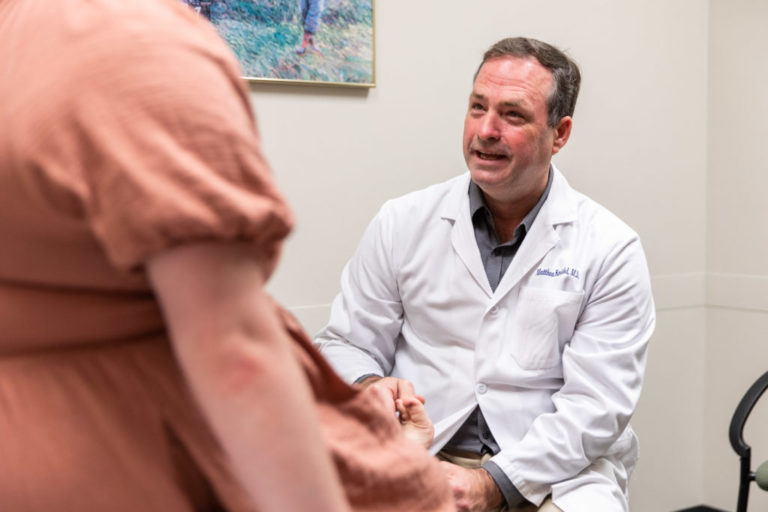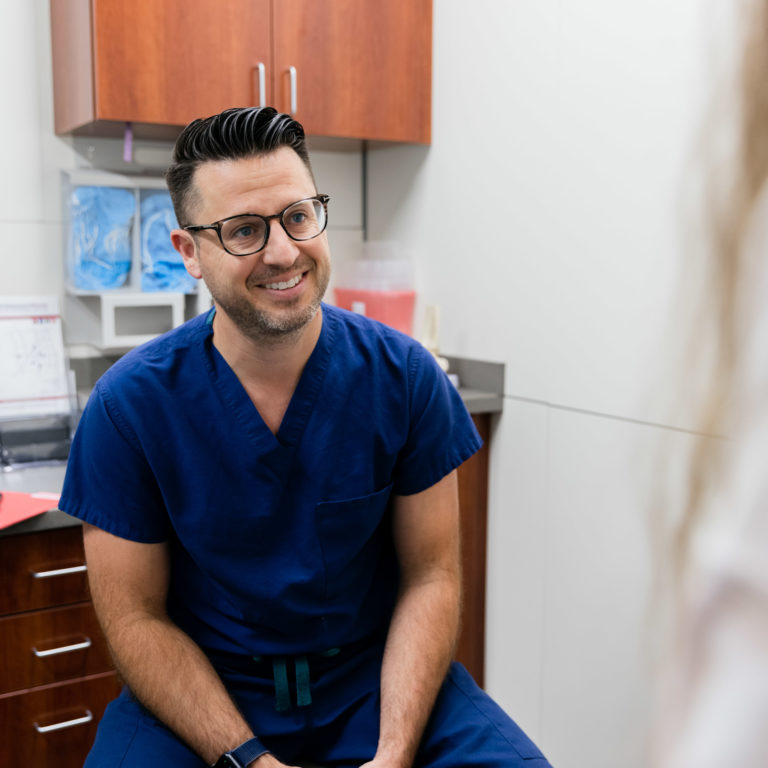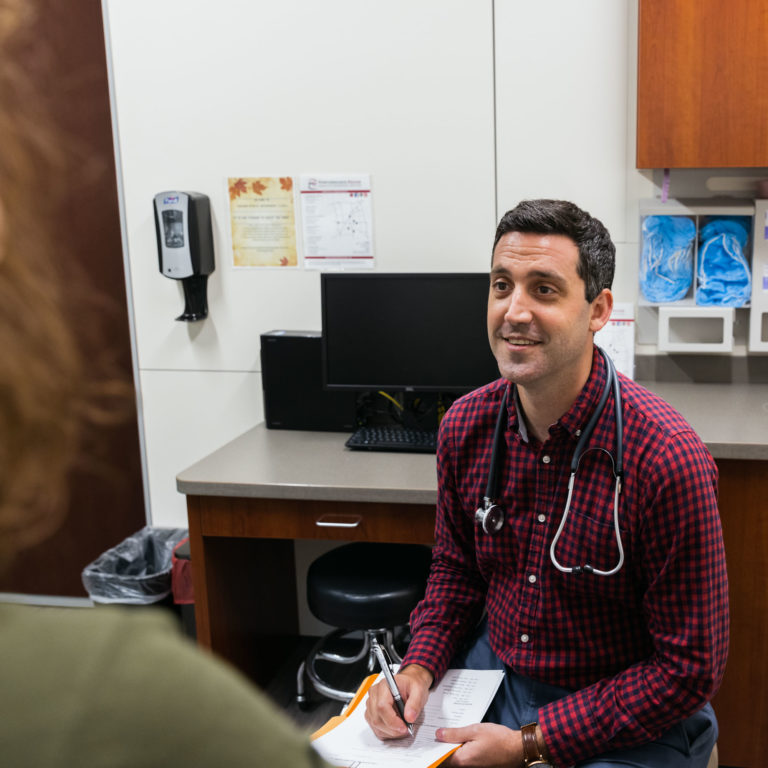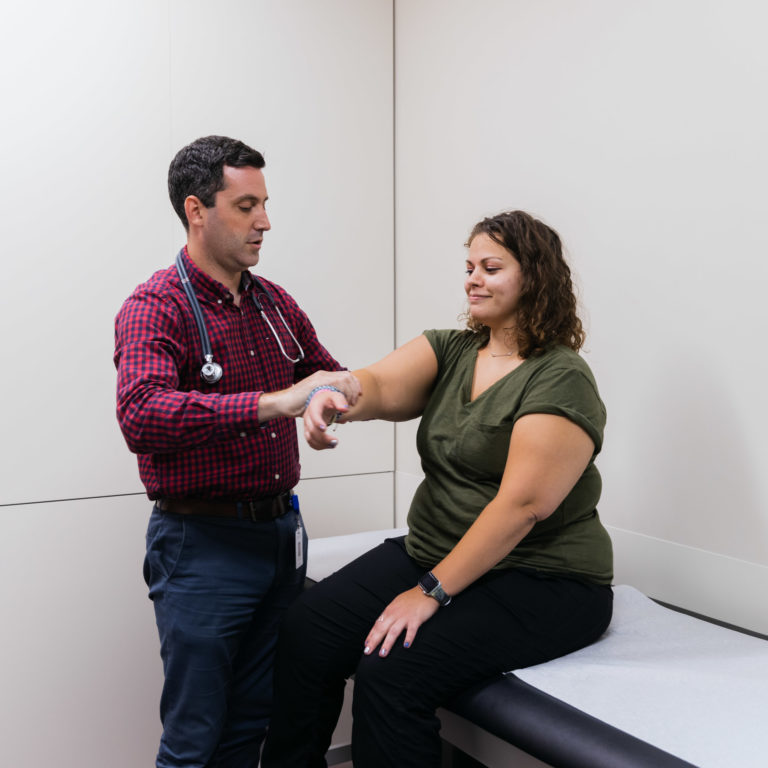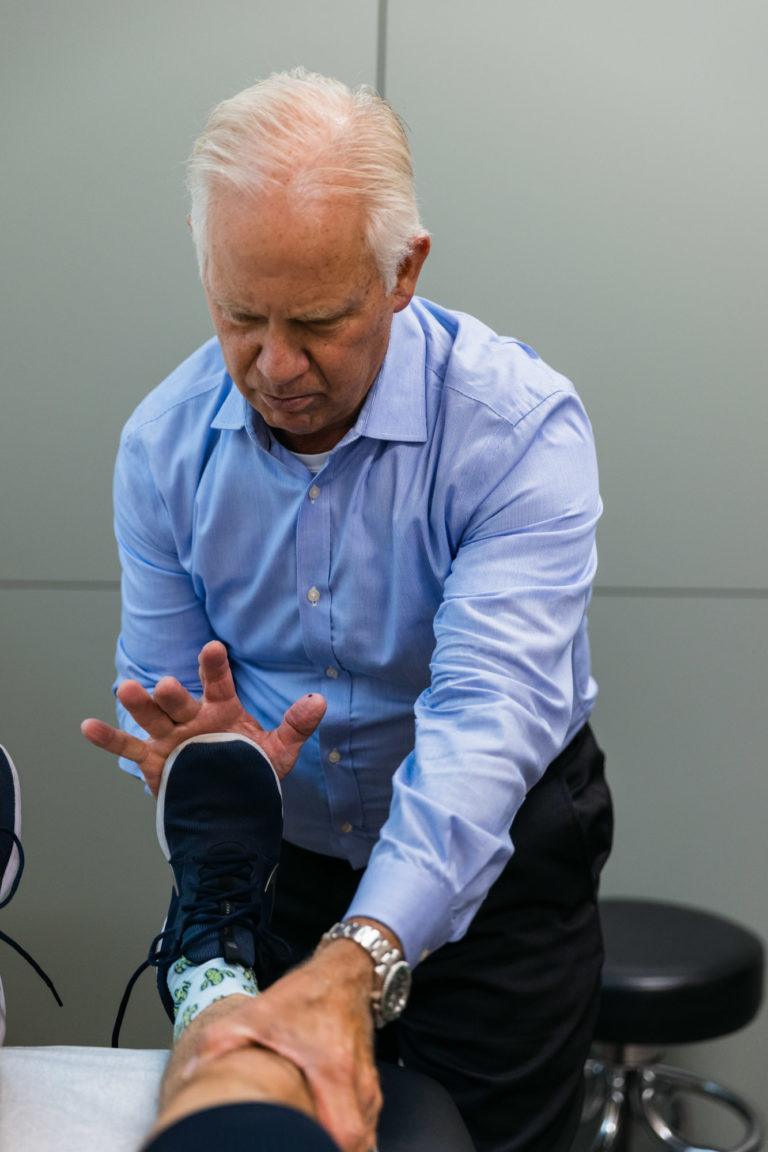Foot/Ankle Fracture Management in Kansas City
Foot/Ankle Fracture Management & Repair
Helping you get back to what you love.
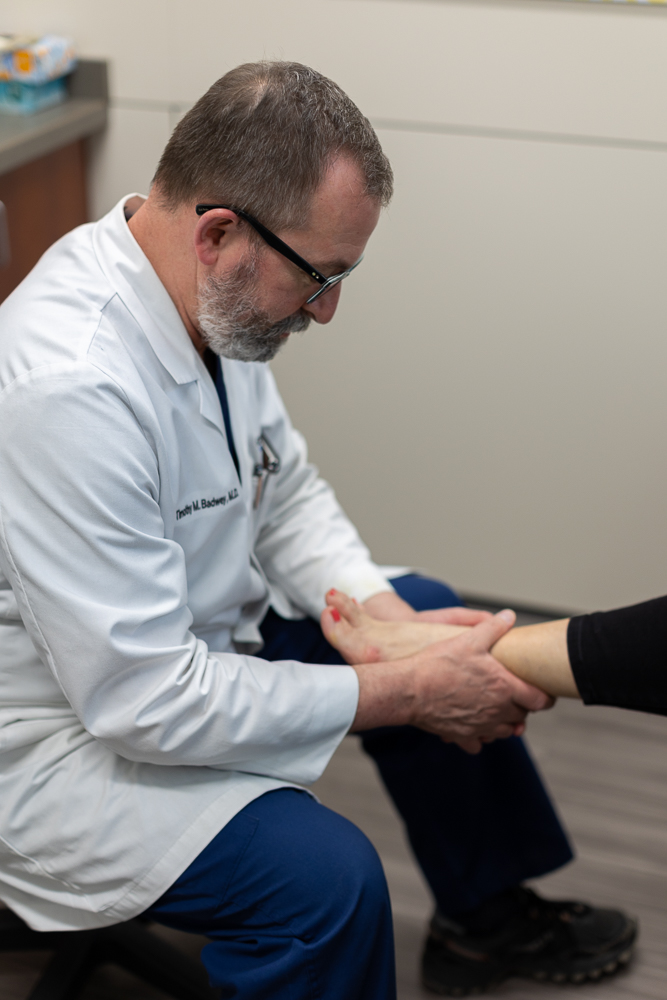
Understanding the Basics Behind Foot/Ankle Fracture Management & Repair
What is Foot/Ankle Fracture Management & Repair?
Fractures in the feet are surprisingly common, and they can occur for various reasons at any time.
Whether you’re an athlete on the field or performing your daily job functions, a fracture can be a major inconvenience that’s both painful and can significantly impact your ability to do everyday activities.
The goal of fracture management is to treat the fracture through stabilization and pain control. With the help and expertise of an experienced orthopedic specialist, Kansas City Orthopedic Alliance can ensure a proper diagnosis and treatment plan. With over 140 years of combined service, we utilize the best technologies and techniques customized to each patient.
After your initial examination with a KCOA physician, we will recommend the best treatment for your needs. Our practitioners provide the comprehensive care you need so you can return to the activities you enjoy.
Choosing fracture management treatments in Kansas City is a decision that typically involves guidance from your primary care doctor and orthopedic physician.
When you choose Kansas City Orthopedic Alliance, one of our highly-trained orthopedic foot and ankle specialists will conduct an initial evaluation to better understand your condition. After a complete review of your results, your provider will discuss whether fracture management treatments are the right course of action for your needs.
Other common symptoms of foot and ankle fractures include:
- Throbbing pain
- Tenderness
- Pain that increases with activity
- Swelling
- Bruising
- Deformity
- Difficulty walking
- Unable to put weight on the foot

Kansas City Orthopedic Alliance Foot/Ankle Fracture Management & Repair Assessment
Assessing the Injury
Determining the proper fracture management measures starts with an assessment from one of our experienced providers.
You can think of foot and ankle pain as a spectrum, with some instances being more severe than others. The KCOA orthopedic specialists always focus on each patient and their concerns before creating a treatment plan.
Therefore, during your initial appointment, we will often ask questions such as:
- Does your pain currently limit you or your activities?
- Does walking or putting weight through your foot increase your symptoms?
- Has your pain progressed or worsened recently?
- Have you experienced any tingling or numbness in your foot that makes tasks difficult?
- Did you notice or hear a popping sound at the time of your injury?
- Have you noticed any change in your symptoms that has made it more challenging to function?
- What are your lifestyle goals?
- How has pain affected those goals?
The answers to these questions help shape the next steps of the assessment process and guide our physical examination. After a proper assessment, we often begin with a physical examination to help determine the origin point of your pain. In some cases, advanced testing may be required for a full diagnosis.
Examination
X-Ray
Also called radiographs, an X-ray captures a picture of the ankle, heel, or lower leg. Orthopedic physicians may order an X-ray to rule out the possibility of a fracture (broken bone), osteoarthritis, or other bone-related conditions.
Magnetic Resonance Imaging (MRI)
MRI captures images of muscles, bones, intervertebral discs, and tendons to help provide information other tests can’t detail. During an MRI, you will lie on a table that slides into a tube-shaped scanner. The machine creates a magnetic field around you, using pulsed radio waves to form the MRI images.
Symptoms
Common Signs and Symptoms of Foot & Ankle Injuries
With so many different parts working together in your feet and ankles, there are many potential causes of pain. And each of those causes has a unique set of symptoms.
Foot or ankle fractures are often painful and make it difficult to walk or perform basic daily functions. In more severe cases, it can leave patients completely immobilized. When a patient visits one of our KCOA offices, a skilled orthopedic specialist will ask you questions regarding your symptoms, what aggravates/alleviates your symptoms, and whether you have attempted prior therapies. Next comes a thorough physical exam. We will then review any images you bring with you and/or take new images. After determining the cause of your pain, we can discuss if shoulder arthroscopy will work best for your needs.
Causes
Causes of Foot & Ankle Pain
The body has different kinds of joints, and they all face different challenges. The foot and ankle combine for a complex region of the body, totaling 26 bones and 33 small joints that experience daily wear and tear. Soft tissue protects joints and bones and is made up of muscles, tendons, ligaments, nerves, and blood vessels.
With all of these different bones in your feet and ankles, a foot or ankle fracture becomes a relatively common injury. Even if you aren’t an athlete, fractures can occur during even the most mundane tasks, like stubbing your toe or dropping something on your foot. They can even happen after a simple misstep.
Fracture can range dramatically in severity, from tiny breaks that are nearly undetectable, to significant injuries causing deformity. Our specialists are trained to diagnose and catch them all.
Treatment Alternatives
Non-Surgical Treatment
Generally, surgery is not the first choice for treatment at Kansas City Orthopedic Alliance. If our providers can treat your ankle or foot fracture without an invasive procedure and with more conservative treatments, that’s the action we’ll take. We typically exhaust and explore all non-surgical options before recommending surgery.
Non-surgical treatments for foot, ankle or lower leg fractures include:
-
Physical Therapy – Exercises to promote proper healing with fractures may start after a short period of immobilization and include stretches, pool therapy, and even light strengthening. The goal is to promote healing through proper stress to increase the body’s ability to heal the fracture or lay down new bone.
-
Medications – Your doctor may recommend over-the-counter NSAIDs (Non-steroidal anti-inflammatory drugs, such as Advil) or prescription medications. Especially with NSAIDs, you should always talk to your doctor to ensure they are the right treatment for you.
-
Immobilization – Immobilization involves the use of casts, braces, and walking boots to allow the affected area to heal. With immobilization, we can protect the affected area and allow the area to heal while reducing pain and swelling.
- Elevation – Elevating your injury for 2 to 3 hours per day allows for reduced swelling and bruising in the affected area. This happens by reducing blood flow to the area.
F.A.Q.
Frequently Asked Questions
Kansas City Orthopedic Alliance is here to help.
Our care is personal. Our team is knowledgeable. And we’re more available than ever.
With access to board-certified specialists across Kansas City, we have the tools to meet almost every musculoskeletal condition.
Our Locations
Overland Park, Kansas
10777 Nall Ave Suite 300 Overland Park, KS 66211Leawood, Kansas
3651 College Blvd. Leawood, KS 66211Kansas City, Missouri
Saint Luke's Medical Plaza #1 4320 Wornall Rd., Ste. 610 Kansas City, MO 64111Belton, Missouri
Belton Regional Campus 17067 S Outer Rd #301 Belton, MO 64012Blue Springs, Missouri
St. Mary’s Medical Center, Main Entrance 203 NW R.D. Mize Road, Suite 200 Blue Springs, MO 64014Shawnee Mission, Kansas
7450 Kessler St ste. 140 Merriam, KS 66204Prairie Star (Lenexa, Kansas)
Prairie Star 23401 Prairie Star PkwyBldg. B, Ste. 220 Lenexa, KS 66227

